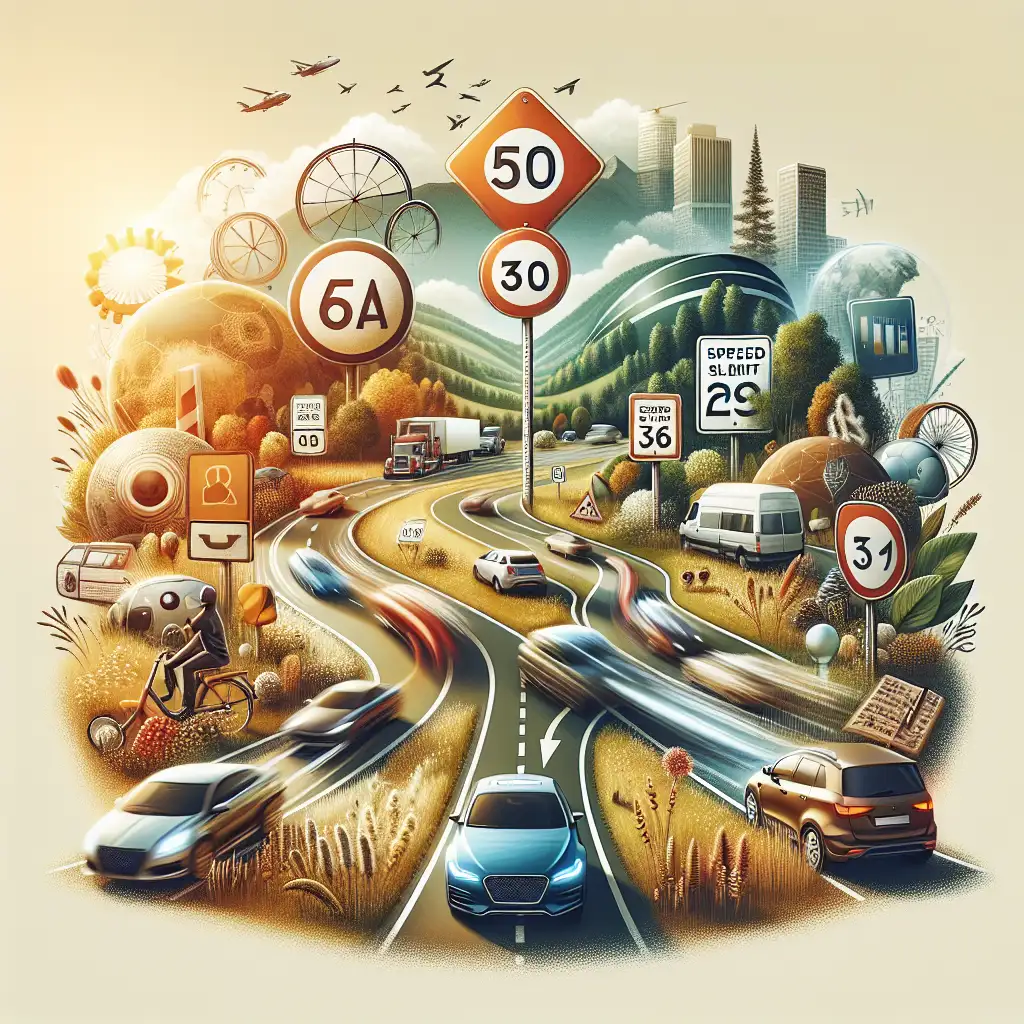Adjusting to Different Speed Limits Safely: How to Adapt Your Driving Speed Appropriately in Various Zones
Learn how to safely adjust your driving speed to comply with different speed limits, ensuring safety and compliance on the road.

Driving safely involves more than just following the rules of the road; it requires adapting to different speed limits as you move through various zones. Whether you're navigating through a bustling city, cruising on a highway, or driving through a school zone, understanding how to adjust your speed appropriately is crucial for your safety and the safety of others. In this article, we'll explore practical tips and strategies to help you adapt your driving speed safely and effectively.
Understanding Speed Limits
Speed limits are set to ensure the safety of all road users. They are determined based on factors such as road conditions, traffic density, and the presence of pedestrians. It's important to understand that speed limits are not just suggestions; they are legal requirements that must be followed.
Common speed limit zones include:
- Residential Areas: Typically 25-35 mph, these areas require lower speeds due to the presence of pedestrians and children.
- Urban Areas: Speed limits can range from 30-50 mph, depending on the density of traffic and the presence of intersections.
- Highways: These roads often have higher speed limits, ranging from 55-75 mph, designed for faster-moving traffic.
- School Zones: Usually 15-25 mph during school hours, these zones require extra caution due to the presence of children.
Adapting Your Speed in Different Zones
Residential Areas
In residential areas, it's crucial to drive at a speed that allows you to stop quickly if necessary. Children and pets can unexpectedly enter the road, so maintaining a speed within the limit ensures you have enough time to react. Always be on the lookout for signs indicating speed limits and adjust your speed accordingly.
Urban Areas
Urban areas often have varying speed limits due to the complexity of traffic patterns. Pay attention to traffic signals and pedestrian crossings. It's also important to be aware of cyclists and other road users. Adjust your speed to match the flow of traffic while staying within the legal limits.
Highways
On highways, maintaining a consistent speed is key to safe driving. Use cruise control if your vehicle is equipped with it, as this can help you maintain a steady speed. However, always be prepared to adjust your speed for traffic conditions, weather, and road work zones.
School Zones
School zones require heightened awareness and reduced speed. These areas are often marked with flashing lights or signs indicating when the reduced speed limit is in effect. Always slow down and be prepared to stop for crossing guards and children.
Tips for Safe Speed Adjustment
- Stay Alert: Always be aware of your surroundings and look for speed limit signs.
- Use Your Speedometer: Regularly check your speedometer to ensure you're within the speed limit.
- Adjust for Conditions: Reduce your speed in adverse weather conditions, such as rain or fog, even if the speed limit is higher.
- Plan Ahead: Anticipate changes in speed limits by observing road signs and traffic patterns.
- Practice Patience: Avoid the temptation to speed, especially in areas with frequent speed limit changes.
Conclusion
Adapting to different speed limits is an essential skill for safe driving. By understanding the reasons behind speed limits and practicing mindful driving, you can ensure your safety and the safety of others on the road. Remember, speed limits are there to protect everyone, and adhering to them is a responsibility every driver must uphold.
 CarChooser
CarChooser